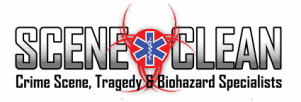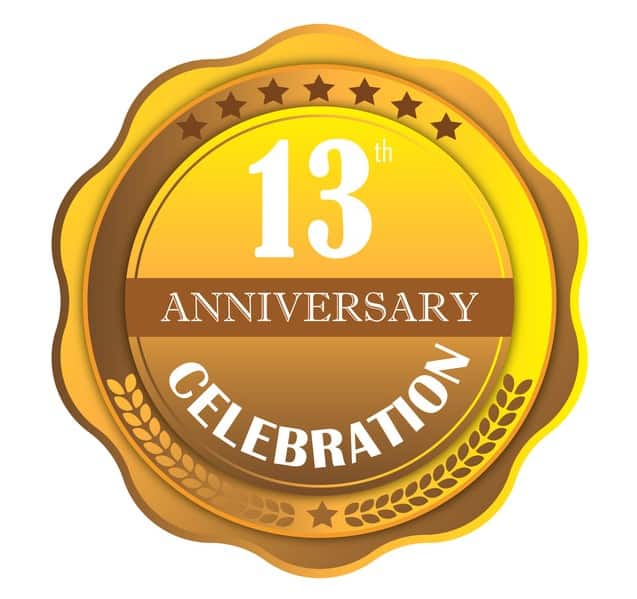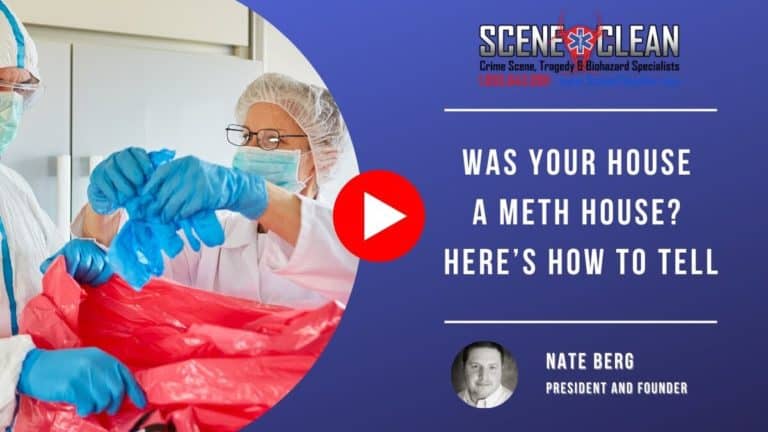Cleaning a meth lab poses many health risks to environmental health and public health. Even if there is no methamphetamine in a home, the byproducts of meth cooking are incredibly harmful. What makes cleaning a meth lab unique compared to other types of drugs, is that there’s an explosion risk due to the chemicals and toxic substances used to cook meth. After a meth lab is discovered, property owners or authorities will request for a professional remediation of the area to eliminate the risk of meth exposure.
Chemical Exposure
According to the Minnesota Department of Public Safety, 43% of drug arrests in 2021 were for meth. Meth is made with dangerous chemicals, such as ammonia and acetic acid. Meth labs typically have a strong ammonia odor, which smells similar to cat urine, because of the corrosive chemicals used to create methamphetamine. The chemicals used to make meth are highly dangerous that shouldn’t be ingested.
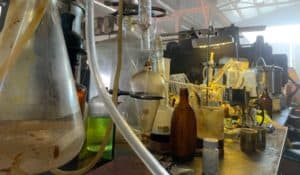
The dangers of cleaning a meth lab come with mixing industrial-grade cleaning ingredients with the chemicals leftover in an area for making meth. If an untrained individual attempts to clean a meth lab by themselves, there’s a great hazard for causing an explosion or creating a gas, by mixing these cleaning chemicals with meth ingredients. A lot of the waste from meth production is highly flammable and explosive. Only trained professionals who have the proper knowledge, training, and certification should attempt to clean a meth lab, because of the chemical exposure.
Contamination Levels
At the start of cleaning a meth lab, there’s unknown contamination levels. A lot of meth labs have battery acid, chemical solvents and other dangerous ingredients laying around the lab. Some meth producers will dump these dangerous materials in the ground surrounding a lab, which causes a higher level of contamination. In some meth labs, certain biohazardous materials can even be radioactive, which causes additional training and professional attention.
Even if a meth lab didn’t operate for an extended period of time at a location, trace levels of the chemicals are still dangerous for human exposure. Small amounts of meth or meth production by-products can soak into porous materials inside of the home. While these small amounts aren’t often detectable by a naked human eye, they still pose a lot of risk for small children and immunocompromised individuals.
A team of trained professionals will continuously monitor the contamination levels to ensure the cleanup eliminates all dangers from the meth lab. There are local and federal guidelines, as well as laws, in place that our team at Scene Clean follows to meet reoccupation requirements.
Cleaning a Meth Lab vs. Home Meth Usage
There are different levels of contamination, and different levels of danger, for cleaning a meth lab vs cleaning a home someone used meth in. Exposure to meth ingredients or leftover meth can cause a whole list of health problems, including the possibility of an accidental meth overdose.
Meth labs pose more dangers because of the chemicals, meth residue, and leftover meth in the area. However, many people aren’t aware of the dangers of a trap being left in a previous meth lab. Some meth manufacturers will leave traps around the lab, to prevent the stash of drugs from being discovered. Unfortunately, some of these traps can be fatal, which is why it’s important to trust a team of trained professionals who know what to look out for.
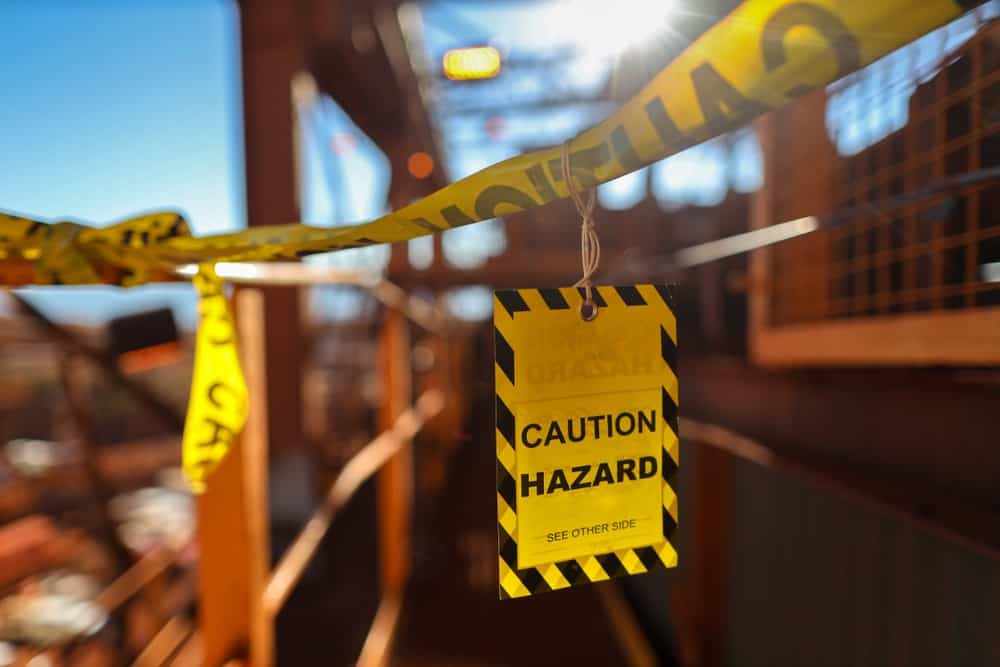
Understanding the Dangers of Cleaning a Meth Lab
Cleaning a meth lab is an intense and dangerous process, which is why hiring a team of trained professionals who have experience cleaning a meth lab is vital. Not only will it ensure your safety, but it’ll reduce the risk for your neighbors and your local environment. If you believe your home was the site for a meth lab, call Scene Clean today for help cleaning a meth lab.
